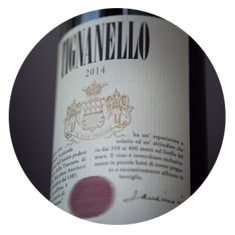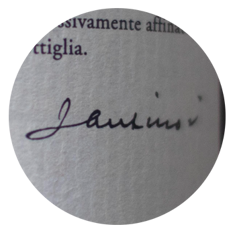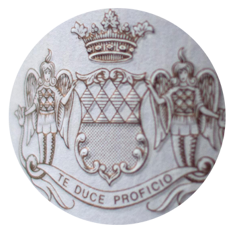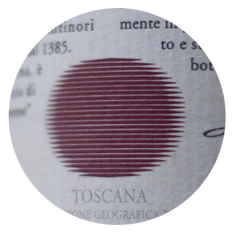Tignanello
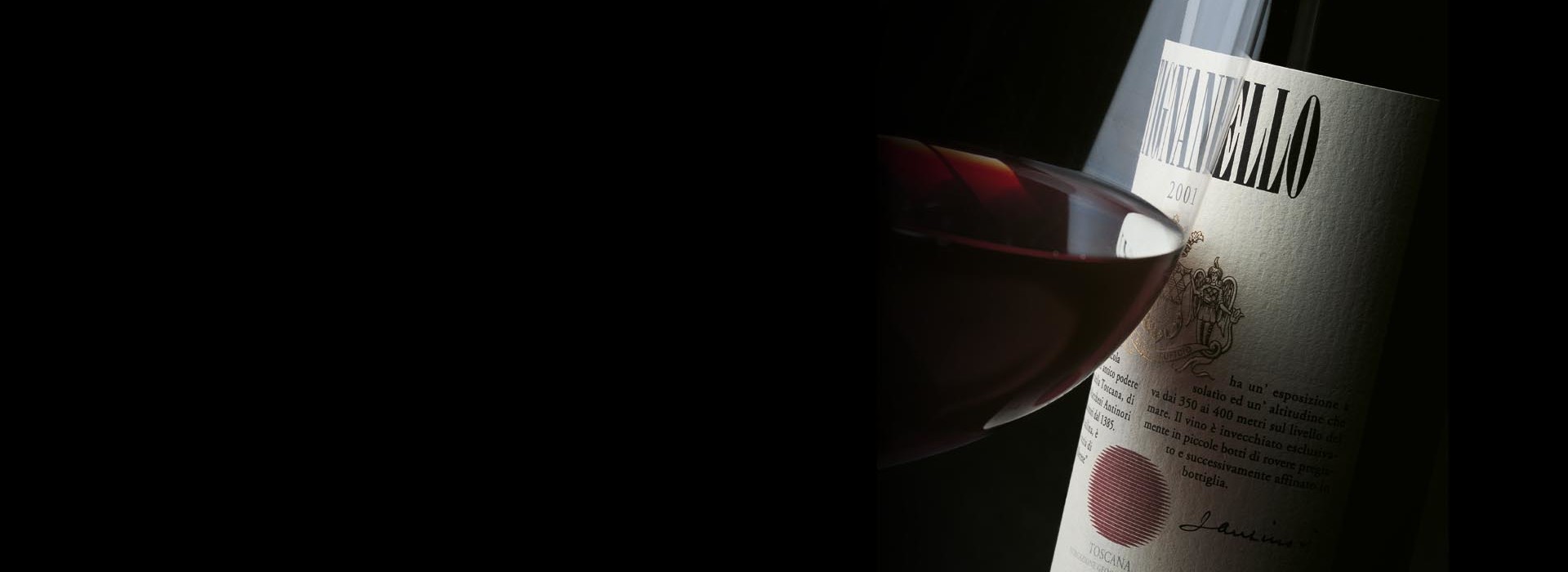
The Wine
Tignanello was the first Sangiovese to be aged in barriques, the first contemporary red wine blended with untraditional varieties (specifically Cabernet) and one of the first red wines in the Chianti Classico region that didn’t use white grapes. Tignanello is a milestone. It’s produced with a selection of Sangiovese, Cabernet Sauvignon and Cabernet Franc.
Historical Data
Tignanello is produced exclusively from the vineyard of the same name, a parcel of some 190 acres (77 hectares) with limestone-rich soils and a southwestern exposure at 1150-1325 feets (350-400 meters) above sea level at the Tignanello estate. It was the first Sangiovese wine to be aged in small oak barrels, the first modern red wine to use such non-traditional varieties as Cabernet in the blend, and among the first red wines from the Chianti Classico area to be produced without white grapes. The wine, originally called "Chianti Classico Riserva Vigneto Tignanello" (a Chianti Classico Riserva from the Tignanello vineyard), was produced for the first time from a single vineyard parcel in 1970, when the blend contained 20% of Canaiolo and 5% of Trebbiano and Malvasia, both white grapes, and the wine aged in small oak barrels. In 1971 it became a Tuscan red table wine rather than a Chianti Classico, and was called Tignanello. In the 1975 vintage the percentage of white grapes was definitively eliminated from the blend. Ever since 1982, the blend has been the one currently used. Tignanello is bottled only in favorable vintages, and was not produced in 1972, 1973,1974, 1976, 1984, 1992, and 2002.
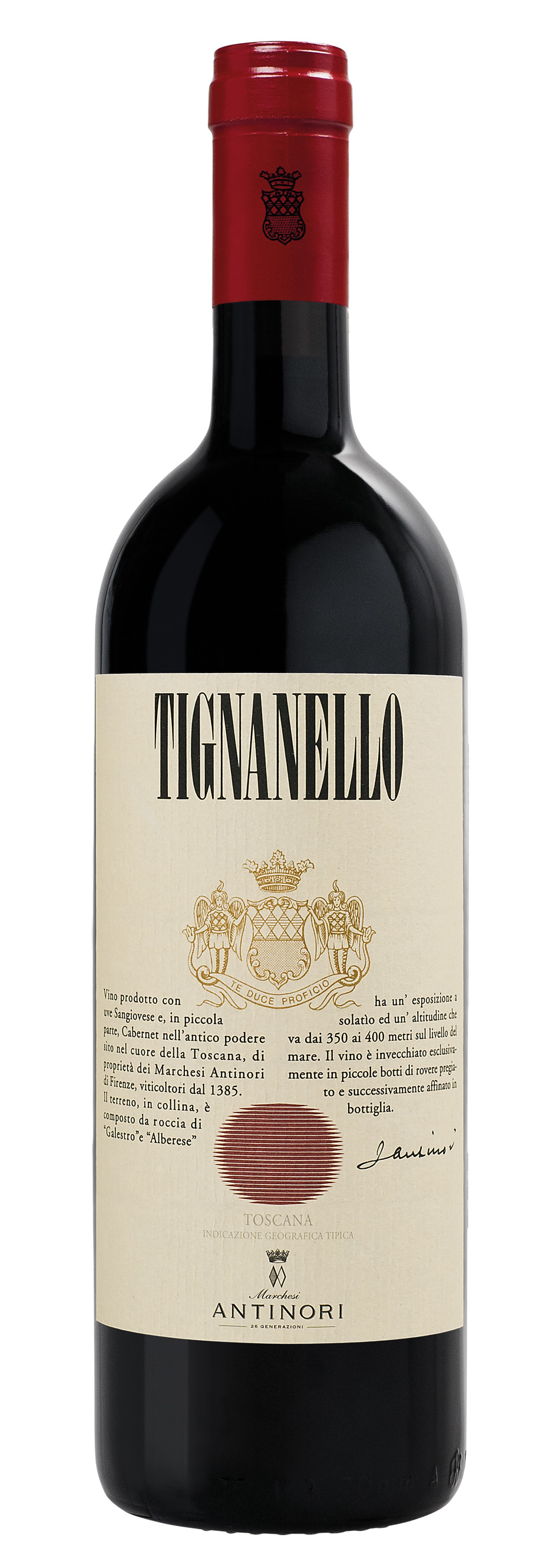
The Wine
Tignanello was the first Sangiovese to be aged in barriques, the first contemporary red wine blended with untraditional varieties (specifically Cabernet) and one of the first red wines in the Chianti Classico region that didn’t use white grapes. Tignanello is a milestone. It’s produced with a selection of Sangiovese, Cabernet Sauvignon and Cabernet Franc.

The Design
The label was designed by Silvio Coppola in 1974 for the release of Tignanello 1971. The idea to commission this artist was discussed at an event at Castello della Sala in 1973. Silvio Coppola was an important Italian graphic and interior designer who was famous for his minimalist lighting fixtures and austere furniture but also for book cover designs for Italian publishing company Feltrinelli. Silvio Coppola was the perfect match for the job.
The Signature
Marchese Piero Antinori, the current Honorary President, decided to have his father, Niccolò Antinori, sign the label as a sign of recognition for his father’s confidence in him.
Te Duce Proficio
The historic family crest of the Antinori family
The Sun
Tignanello’s stylized “Sun” by Silvio Coppola
Climate
Following a mild and not particularly rainy autumn and winter, spring 2016 in Chianti Classico started off well with warm weather favoring early bud break that occurred 10 days before average. Rain and cool temperatures started in May and continued throughout the first half of June but did not have an adverse effect on the critical phases of flowering and fruit set. Up until the end of August, summer temperatures were generally hot and dry without any big heat spikes: ideal conditions to maintain an excellent balance throughout the vegetative cycle and to guarantee perfect berry ripening. Climatic conditions during the harvesting months were normal for the season with several episodes of rain showers that alternated with long periods of sunshine and breezy weather, conditions that allowed for ideal ripening of the three grape varieties grown in Tignanello’s vineyards. Sangiovese was harvested starting on September 23rd, Cabernet Franc from the end of September to the first couple of days of October and Cabernet Sauvignon from October 3rd to the 10th.
Vinification
Despite the fact that climatic conditions were favorable in 2016, we were vigilant both in the vineyards during harvesting operations as well as upon arrival of the grapes at the cellars for sorting and initial winemaking processes where our careful planning resulted in an added value that optimized this vintage’s characteristics. During fermentation in truncated conical tanks, the must was macerated with the skins giving particular attention to preserving the freshness of its aromas, the extraction of color, and encouraging desirable tannins that are supple and elegant. Racking was performed after rigorous daily sampling and tasting. Once separated from the skins, the wine was transferred into small oak barrels where malolactic fermentation took place, accentuating the finesse and complexity of the aromas. The wine was left to age for approximately 14 to 16 months in French and Hungarian oak barrels, in a combination of new and second fill barrels. Each lot and each grape variety was fermented and aged in barrels separately with the final blend taking place just a few months before bottling. Tignanello, a blend of Sangiovese with a small percentage of Cabernet Sauvignon and Cabernet Franc, underwent an additional 12 months in the bottle before being released.
Historical Data
Tignanello is produced exclusively from the vineyard of the same name, a parcel of some 190 acres (77 hectares) with limestone-rich soils and a southwestern exposure at 1150-1325 feets (350-400 meters) above sea level at the Tignanello estate. It was the first Sangiovese wine to be aged in small oak barrels, the first modern red wine to use such non-traditional varieties as Cabernet in the blend, and among the first red wines from the Chianti Classico area to be produced without white grapes. The wine, originally called "Chianti Classico Riserva Vigneto Tignanello" (a Chianti Classico Riserva from the Tignanello vineyard), was produced for the first time from a single vineyard parcel in 1970, when the blend contained 20% of Canaiolo and 5% of Trebbiano and Malvasia, both white grapes, and the wine aged in small oak barrels. In 1971 it became a Tuscan red table wine rather than a Chianti Classico, and was called Tignanello. In the 1975 vintage the percentage of white grapes was definitively eliminated from the blend. Ever since 1982, the blend has been the one currently used. Tignanello is bottled only in favorable vintages, and was not produced in 1972, 1973,1974, 1976, 1984, 1992, and 2002.
Tasting Notes
Tignanello 2016 is in full harmony with the vintage. This wine shows an intense and bright ruby red color. On the nose, notes of ripe red fruits come together with pleasant hints of fresh blackberry and wild berries. At the same time, it shows delicate and perfectly integrated aromas of vanilla and dark chocolate with light spice sensations. On the palate, the wine is vibrant, with silky and refined tannins. Balanced and intense, it has a long, complex and persistent finish.
Awards
Wine Enthusiast 99/100 Vinous 98/100 Wine Spectator 97/100 Wine Advocate 97/100
Scheda
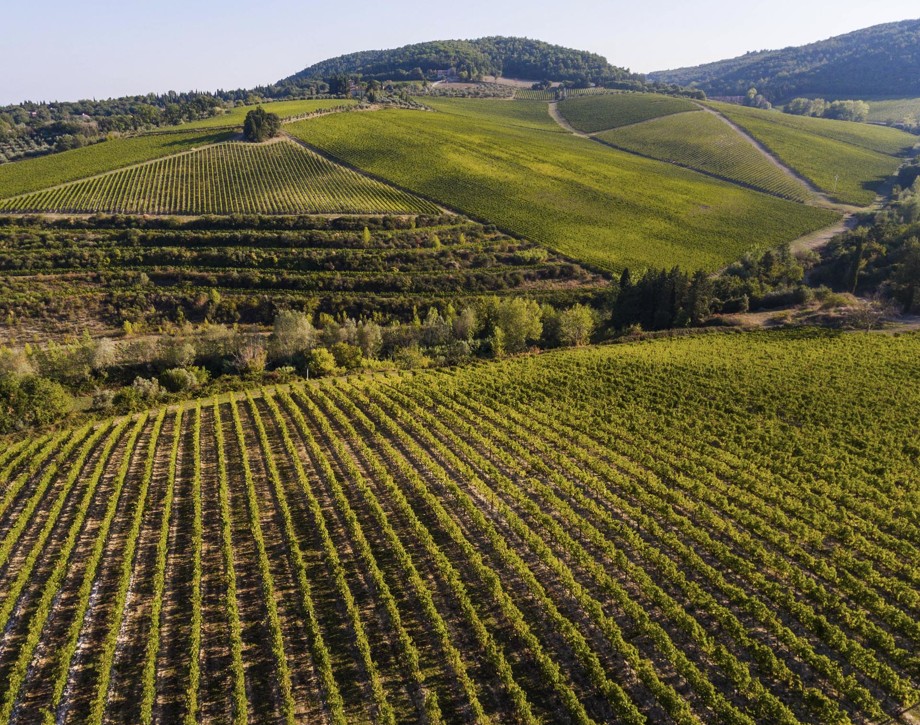
Tenuta Tignanello
The Tenuta Tignanello estate is in the heart of Chianti Classico, in the gently rolling hillsides between the Greve and Pesa river valleys. It extends over an area of 319 hectares (788 acres), of which about 165 (407 acres) are dedicated to vines. Two of the estate’s prized vineyards are on the same hillside, Tignanello and Solaia, on soils that originated from marine marlstone from the Pliocene period rich in limestone and schist. The vines enjoy hot temperatures during the day and cooler evenings throughout the growing season. The estate’s two signature wines, Solaia and Tignanello, are produced from these vineyards and have been defined by the international press as “among the most influential wines in the history of Italian viticulture”. According to Marchesi Antinori, Solaia and Tignanello are an ongoing challenge and a never-ending passion. The Tignanello estate has vineyards of indigenous Sangiovese grapes as well as some other untraditional varieties such as Cabernet Franc.
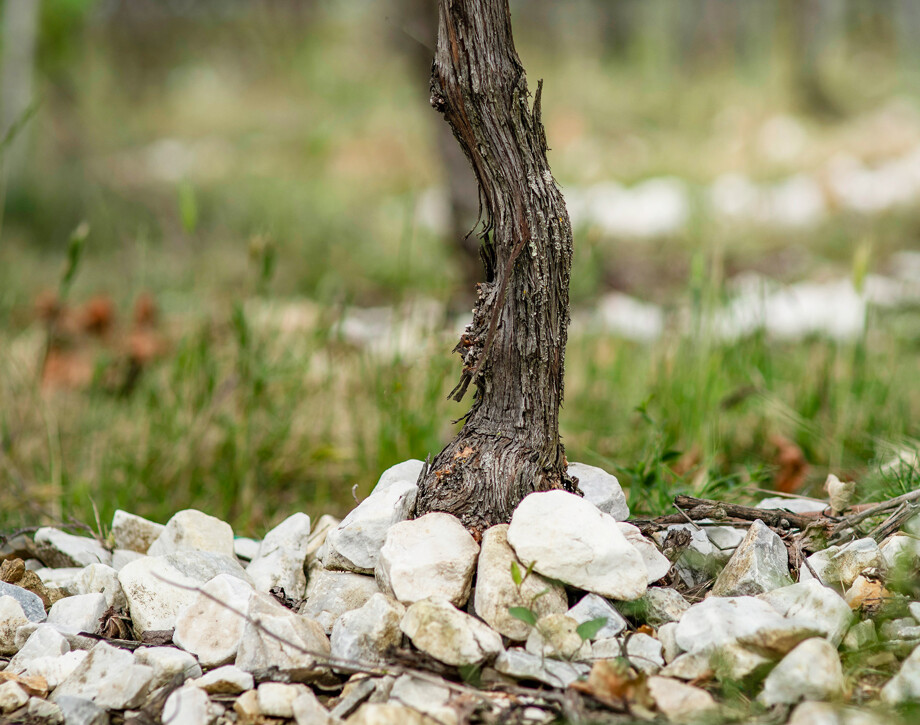
Soil
Calcareous rocky soils with alberese (marl limestone) and marl.
